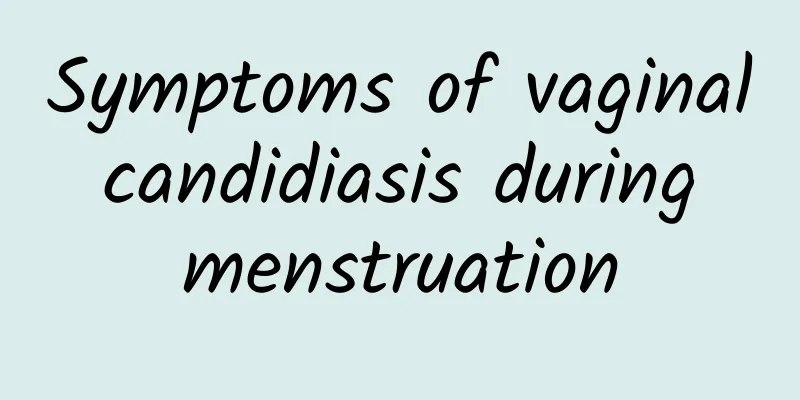Are premenopausal changes in menstruation dysfunctional uterine bleeding?

|
Dysfunctional uterine bleeding refers to bleeding caused by abnormal menstrual cycle or amount in the absence of pregnancy, reproductive system tumors, inflammation, trauma, or systemic bleeding diseases. It is caused by the disorder of sex hormone secretion. When the secretion function is adjusted and restored, the bleeding stops and the menstrual cycle returns to normal. Menopause is a transitional period caused by the disorder of hypothalamus-pituitary-ovarian mutual control caused by ovarian decline. First, the amount of ovarian follicle secretion is not enough to inhibit the function of the hypothalamus and the amount of follicle-stimulating hormone produced by the pituitary gland. The hypothalamus cannot secrete enough luteinizing hormone-releasing factor, so the luteinizing hormone produced by the pituitary gland cannot reach the peak, which is not enough to make the follicles mature and ovulate. Excessive follicle-stimulating hormone causes the follicles to continue to grow and form follicle cysts, which do not transform into mature follicles, and the number of atretic follicles that die midway increases; they also secrete a small amount of estrogen. These estrogens accumulate together and continue to act on the endometrium, causing the endometrium to proliferate too long, but lack the corpus luteum after ovulation, and there is no formation of progesterone, so that the endometrium in the proliferative period cannot be transformed into the endometrium in the secretory period. The endometrium cannot shed naturally and completely periodically, so it cannot form a self-controlled menstruation. The overproliferated endometrium is affected by excessive estrogen and often sheds irregularly, which manifests as irregular bleeding. Because the endometrium is not completely shed, there is a lack of regular renewal process, so menstruation may be continuous for several months; sometimes there is amenorrhea for a period of time, followed by heavy bleeding; more often, after a considerable period of time, a follicle occasionally matures and ovulates, so the endometrium can naturally shed completely, forming a normal menstruation, which is often heavier at this time. Of course, the chance of such accidental ovulation becomes less and less, and the menstruation becomes less and less, and finally stops, leading to menopause. |
<<: What are the hazards of pelvic effusion? Daily protection for patients with pelvic effusion
>>: What to eat to eliminate ovarian cysts
Recommend
Will uterine fibroids get worse?
Will uterine fibroids get worse? If uterine fibro...
What are the warning signs of irregular menstruation?
What are the danger signs of irregular menstruati...
How to check cervical hypertrophy
Cervical hypertrophy has a certain impact on wome...
How to completely cure pelvic inflammatory disease?
How to completely cure pelvic inflammatory diseas...
What are the chances of pregnancy with thick endometrium?
Can you get pregnant if your endometrium is thick...
Warning: Several common hazards of ovarian cysts
Ovarian cysts are a relatively common gynecologic...
Pay attention to the harm of cervical erosion and treat it early
What are the hazards of cervical erosion? What ar...
What to do if your breasts hurt during irregular menstruation
Common causes of irregular menstruation and breas...
How can women do self-examination for uterine fibroids?
As more and more patients with uterine fibroids a...
Influenced by what you see and hear! Filial piety breakfast "fruit" and "vegetarian"
Before Mother's Day, the National Health Bure...
Common manifestations of irregular menstruation in adolescent girls
After girls enter puberty, they often experience ...
Revealed: The hazards of four common acute pelvic inflammatory diseases
Acute pelvic inflammatory disease is a gynecologi...
What foods can cause miscarriage during early pregnancy? Stay away from these 7 foods
Diet during pregnancy is very important for pregn...
Symptoms of uterine fibroids
Symptoms of uterine fibroids: Symptoms of uterine...
To lose weight, only eat protein and fruit instead of breakfast? Don't make these 8 wrong habits to avoid weight loss stagnation
Encountering a weight loss stagnation is the bigg...









